Combat Commanders Must Grapple with Info Ops
Within this decade, commanders of combat units will have to plan and execute information activity, according to Army officials speaking at the August 17-19 AFCEA TechNet Augusta conference in Augusta, Georgia.
Appearing via video, Lt. Gen. Ted Martin, USA, commander, Combined Arms Center, Fort Leavenworth, said the new doctrine being drafted “as we speak” by Army officials “is forcing us to move into the future, and part of that future is information advantage.”
Gen. Martin described a “waypoint force” of 2028 or 2029. He predicted a new version of Army Field Manual 3-0, known as FM 3-0, will be published next summer along with a new concept for information advantage. “Here at Training and Doctrine Command, we are interested in focusing on the waypoint force. The waypoint force of 2028 will marry emerging operational doctrine, FM 3-0, which we believe will be published next summer. … Part and parcel with that will be a new concept of information advantage, which will build on our successes of the past.”
The division will be the new unit of action for the waypoint force, and it will include an information advantage capability, he said. And Cyber-Electromagnetic Activities (CEMA) Teams will support Brigade Combat Teams. “The division will have a G-39 [information activity] shop where information advantage activities will take place,” he said. “Where the rubber meets the road at Brigade Combat Team level, the CEMA platoon, which will be part of the military intelligence company under the current structure, will give the Brigade Combat Team the ability to enforce information advantage at the lowest levels.”
The most important thing about information advantage is that it is the business of commanders. “Just as we invest time and energy in tactical operations and targeting, the commander must now invest a significant amount of time and energy in managing information advantage,” Gen. Martin asserted. “This is a new paradigm the commanders will be forced to grapple with in order gain information advantage. We must be able to out-maneuever the enemy not just on the battlefield, not just with fires but in the information advantage arena.”
Gaining an information advantage will require a new kind of leader, he suggested. “This will require leaders with special skills and attributes. They must understand what the policies are. They must be as aggressive in the information environment as they are on the battlefield,” Gen. Martin said. “We’ve got a lot of work to do. Commanders need to be involved. We need to be in this from the ground all the way into the future.”
Gen. Martin said his dream is that when the waypoint force conducts an attack, it will be routine for a company to have a plan for direct fires, indirect fires and joint fires as well as integrated information.
Brig. Gen. Paul Stanton, USA, commander, U.S. Army Cyber Center of Excellence, discussed the information advantage in depth, describing both the art and science of the concept. He, too, stressed the commander’s role.
“If there’s one theme across all this, however, it’s that we are driving operations for commanders. Commanders are the ones that make the decisions. Commanders are the ones that develop the course of action and the scheme of maneuver,” Gen. Stanton said.
Gen. Stanton added that commanders will need to understand the fundamentals of the science behind information advantage. “This is leader and commander business. Our commanders across the whole Army cannot bury their heads in the sand and say, ‘I can’t understand the science,’” he said. “We can help abstract away some of the complexity of the science, but our commanders have to understand the fundamentals because this is a huge part of how we’re going to fight into the future.”
BG Paul Stanton, USA, cdr., #Cyber Center of Excellence, What we need to bring to the fight is the science of how to sense the right data.#AFCEATechNet
— George Seffers (pronounced See furs) (@gseffers) August 17, 2021
Gen. Stanton also emphasized the importance of a unified network to gaining information advantage. “I have to move the right data to the right place at the right time inside the decision cycle of the adversary so that I can maintain information advantage. I can’t do that without a unified network.”
BG Paul Stanton, cdr. Army #Cyber Center of Excellence: Tactical data has to be correlated with data that might come from the cloud. I have to move the right data to the right place at the right time. I can't do that without a Unified Network.#AFCEATechNet
— George Seffers (pronounced See furs) (@gseffers) August 17, 2021
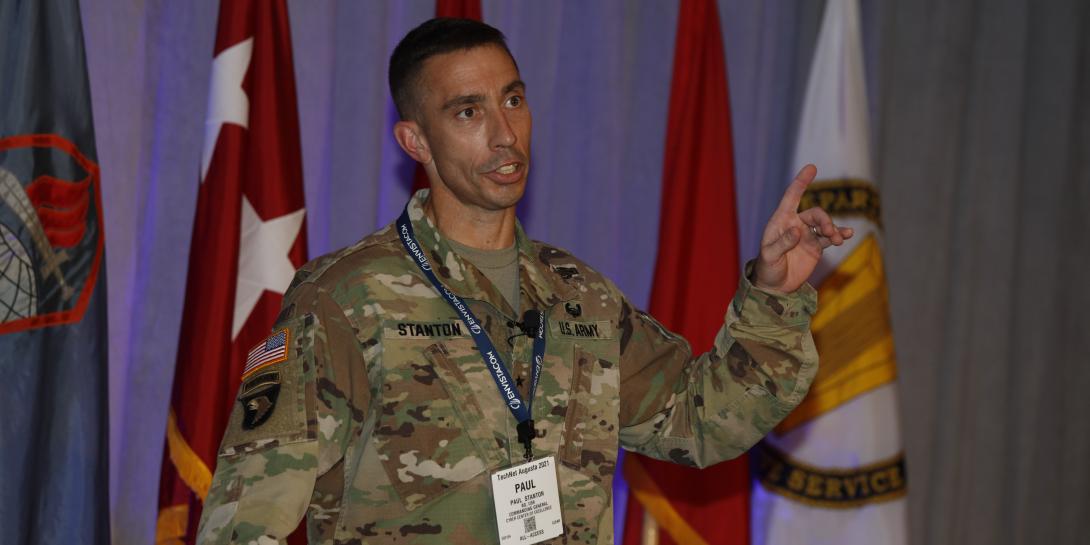
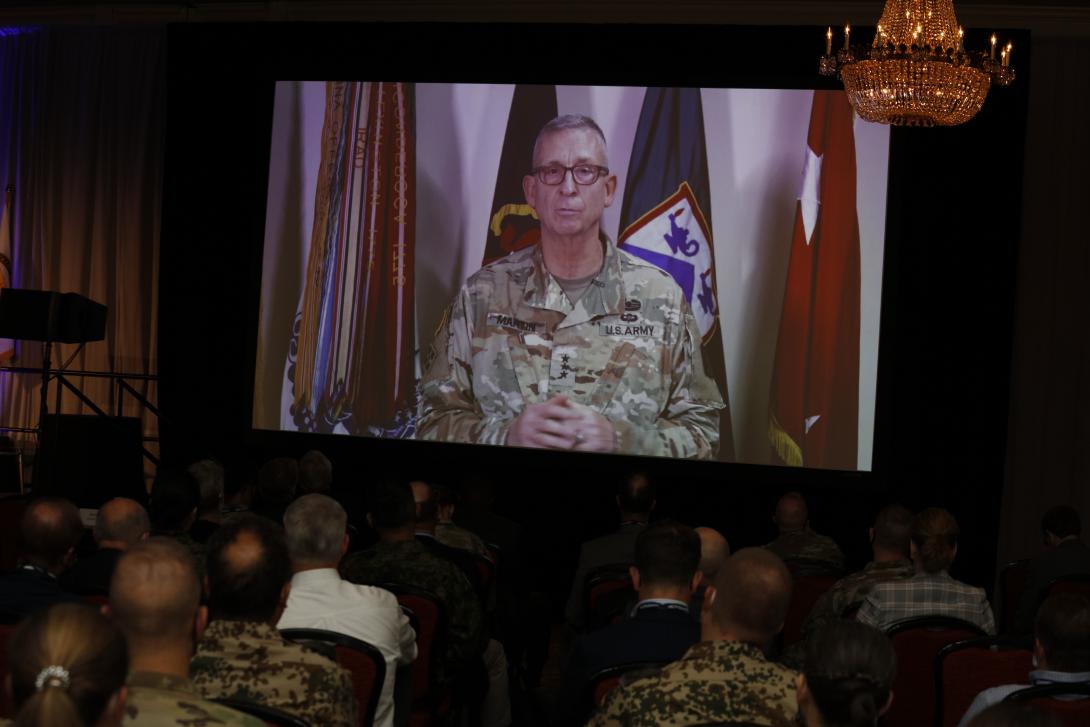
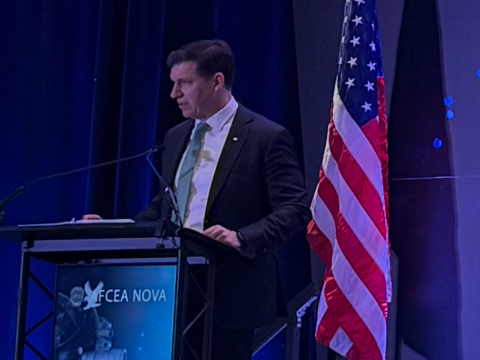
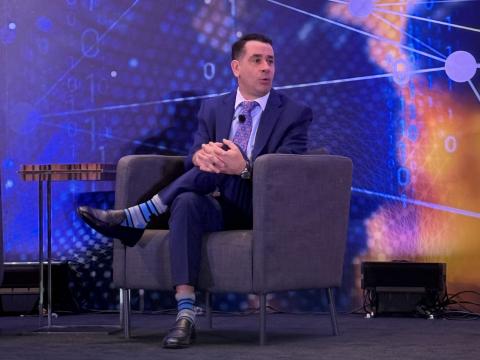

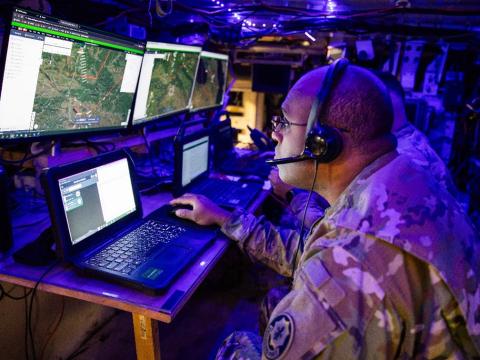
Comments